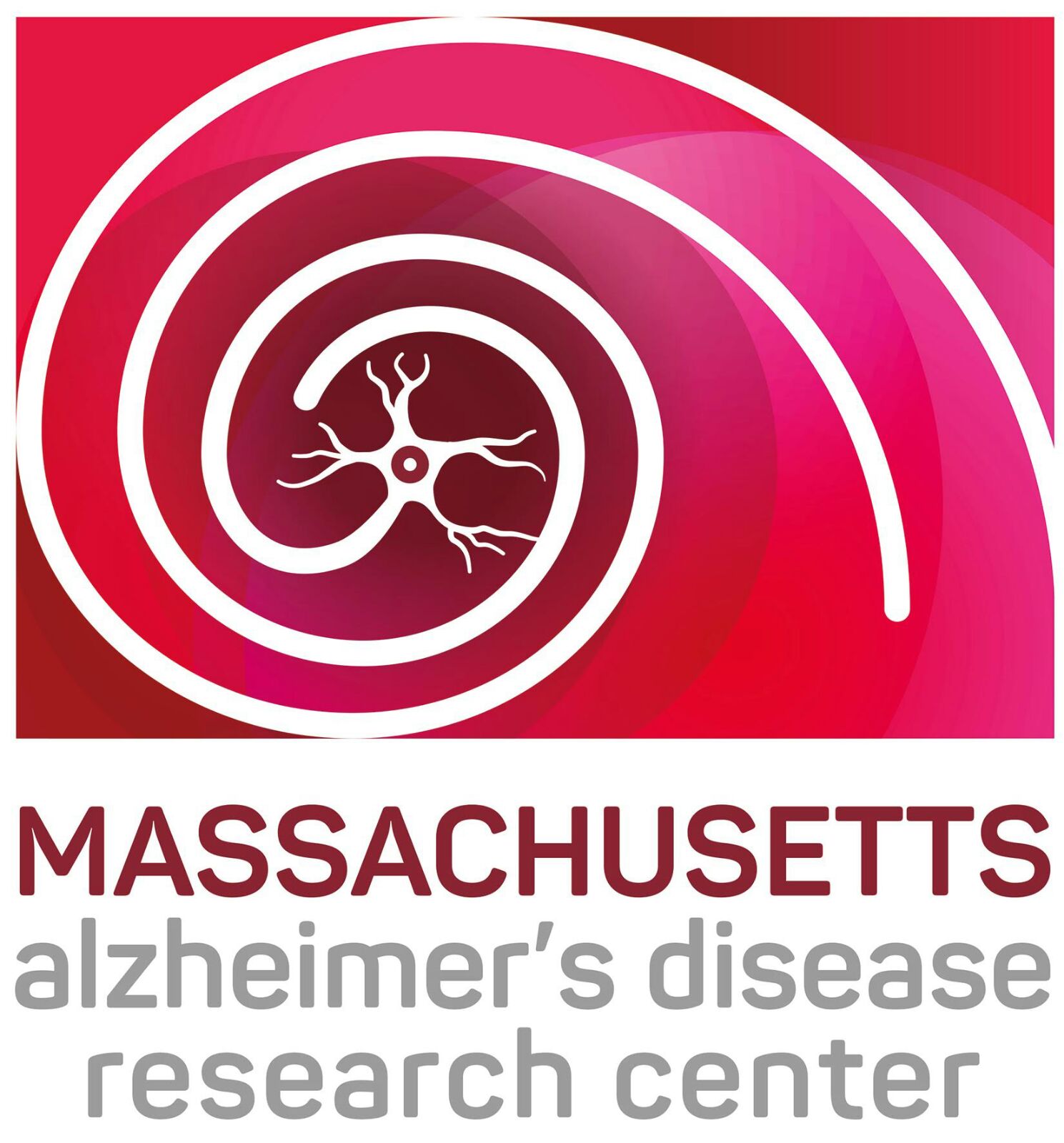Dementia with Lewy bodies, a common but obscure disease, was thrust into public consciousness in 2014 with the suicide of the actor Robin Williams. Now recognized as its own disorder, DLB is difficult to diagnose because it has both similarities with, and differences from, its better-known cousins Alzheimer’s and Parkinson’s. Now, new diagnostic and management guidelines aim to help clinicians and specialists detect and treat the disorder. In the July 4 issue of Neurology, a quorum of leading DLB clinicians across the world update their previous report on the state of the art in DLB research, which was published more than a decade ago, with knowledge shared and debated at the 2015 International Dementia with Lewy Bodies Conference (see Dec 2015 Conference Series). “We’ve tried to maintain strengths of the previous guidelines and add high-quality, evidence-based changes,” said lead author Ian McKeith, Newcastle University, U.K. “We want these criteria to be widely used and understandable by specialists and clinicians, as well as those who may diagnose DLB less frequently.”
The 2005 consensus report on DLB has been highly cited and widely used, said McKeith (see McKeith et al., 2005). However, many practitioners found that the guidelines were difficult to apply and often missed cases, McKeith said.
In the current update, the authors have reorganized the diagnostic information into clearly defined clinical features vs. biomarkers, whereas previous versions combined the two categories. This separation should make the guidelines clearer to understand and easier to apply more widely, McKeith told Alzforum. The authors specify defining “core” clinical features and “indicative” biomarkers, a combination of which can confirm diagnosis. These are separate from “supportive” clinical or biomarker features, which can strengthen a diagnosis but are not required.
New to the core clinical features category is REM sleep behavior disorder (RBD), which was included in the last report but considered merely suggestive. Since then, much data has accrued to show that RBD is common in DLB; almost three-quarters of patients act out their dreams while sleeping, often years before the onset of other symptoms. RBD now joins several other core clinical features of DLB that were previously on the list; they include fluctuating cognition, vivid and recurrent hallucinations; and some sign of parkinsonism – be it slowness of movement, tremor, or rigidity.
www.alzforum.org/news/research-news/dlb-guidelines-get-makeover
